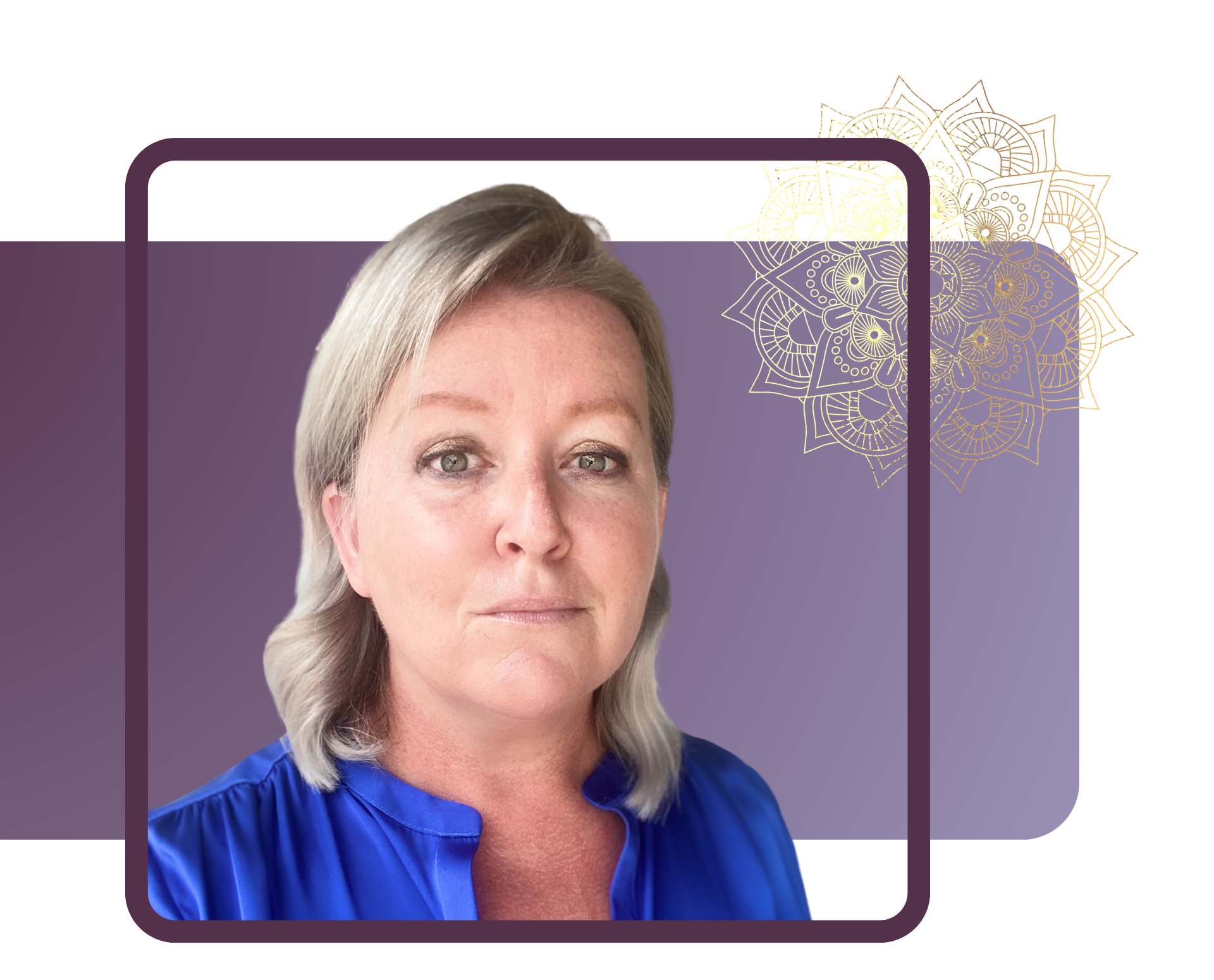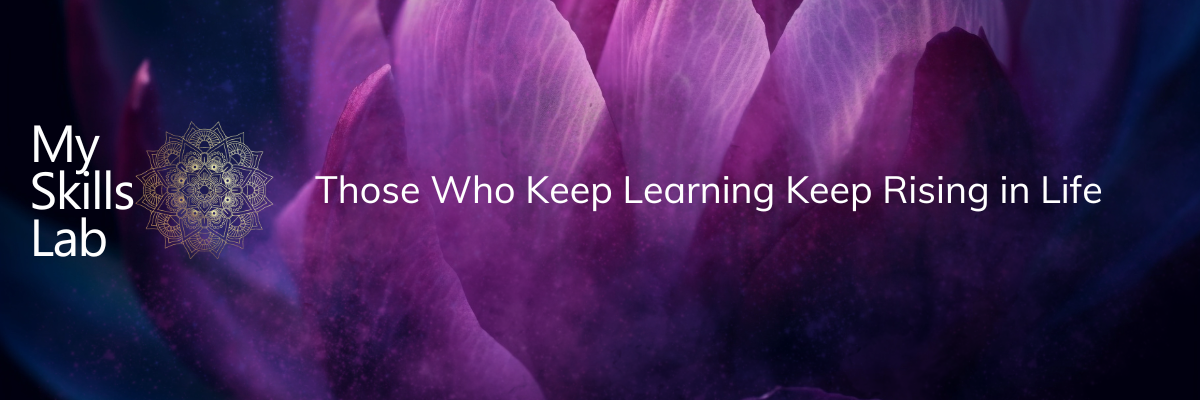
Think of competency as a dynamic toolkit that empowers leaders to assess and communicate a diverse range of qualities. From communication and decision-making to adaptability and strategic thinking, competencies serve as the linchpin guiding leaders in aligning their actions with organizational objectives. Envision them as a roadmap, providing leaders with clear direction on how to steer their teams towards shared success. In essence, competency management creates a unified language and expectation for performance across an organization, setting the standard for excellence in various roles. It lays the foundation for a culture of continuous improvement, a cornerstone for sustained growth.
Competency management in Performance Management transcends a one-size-fits-all approach. Recognizing the unique strengths and qualities each employee brings to the table, it paves the way for a more personalized and effective approach to development.
We want to steer away from the idea that Competency Management is only a conceptual framework—but rather that it is a dynamic and transformative process. By comprehending and harnessing the power of competency management, you don't just enhance individual staff skills; you become a driving force in the overall success and resilience of your organization.
A competency, in this context, encompasses a set of demonstrable and measurable skills, knowledge, abilities, behaviors, and personal attributes contributing to successful job performance.
We believe that competency is more than just a buzzword; it's the art of doing something effectively—leveraging a unique blend of knowledge, skills, and behaviors specifically defined to excel in a given role. It's not about the "what" but the "HOW"—the secret sauce that fuels success in the professional arena. Now, here's where perspectives diverge. Some believe formal education is the gold standard, a reliable guarantee of competence. Others champion the idea that on-the-job training and years of experience forge the path to proficiency. There's yet another line of thinking that asserts personal characteristics hold the key to effective work behavior. And while all these viewpoints carry weight, none in isolation seems sufficient to encapsulate the ideal set of behaviors and traits required for any particular role. The dynamic nature of competency defies a one-size-fits-all solution. Nor do these factors guarantee that individuals will consistently perform to the standards and levels demanded by the organization. Competency Management is an evolving process, adapting to the changing requirements of work and organizational needs. It's about continuous growth and refinement, recognizing that the ideal mix of competencies is a dynamic entity, subject to evolution. It's an acknowledgment that what works today might need adjustments tomorrow.
An even more complete way of approaching competency management is to link individual performance to the goals of the business. By having a defined set of competencies for each role in a function / department, it shows workers the kind of behaviors one is expecting, and which are required to help achieve its objectives. Not only can a team member work more effectively and achieve their potential, but there are many business benefits to be had from linking personal performance with corporate goals and values. And defining and measuring effectiveness – especially the performance of workers – is a critical part of a leader's responsibilities, in order to recognize individual contribution, skill and knowledge.
Understanding and orchestrating the intricacies of organizational components make you being perceived as a high-performing leader. Only if you are capable to unravel and control the interplay between organizational design, objectives, roles and responsibilities, competency frameworks, and individual and team performance, you control forming the foundation of organizational success.
This is the blueprint of your workplace, where hierarchy, teams, frameworks, and tasks are meticulously arranged. The purpose? To ensure seamless alignment with the overarching North Star – organizational strategic objectives. This design sets the stage for a well-coordinated performance.
Serving as the guiding North Star, objectives support your decision-making model. They illuminate the path forward and give meaning to every action within the organization. The organizational design exists to channel efforts and resources toward achieving these objectives.
Each member plays a crucial part in contributing to the organization's success within their designated roles. Picture it as a scripted performance where tasks, scope, responsibilities, and expectations are defined. Enter the stage, the Adapted Competency Frameworks, carefully selected by leaders to outline the competencies, skills, and behaviors required for stellar performances.
This is the crossroad where individual and team contributions are assessed against their roles, defined competencies, and organizational objectives. The clearer these buckets are, the easier it becomes to identify opportunities for growth and change.
The beauty (and challenge) lies in harmonizing between the fixed and fluid elements. Organizational structure, objectives, and roles – create a well-defined framework seldom up for discussion. Competencies on the other hand inject the necessary fluidity, offering flexibility in skills and individual performances crucial for contributing to organizational goals. Armed with this understanding, leaders can navigate their playing field with precision.



